10 Grounded tips and tricks to master your backyard
Our tips for Grounded will help players beat bugs and build bases
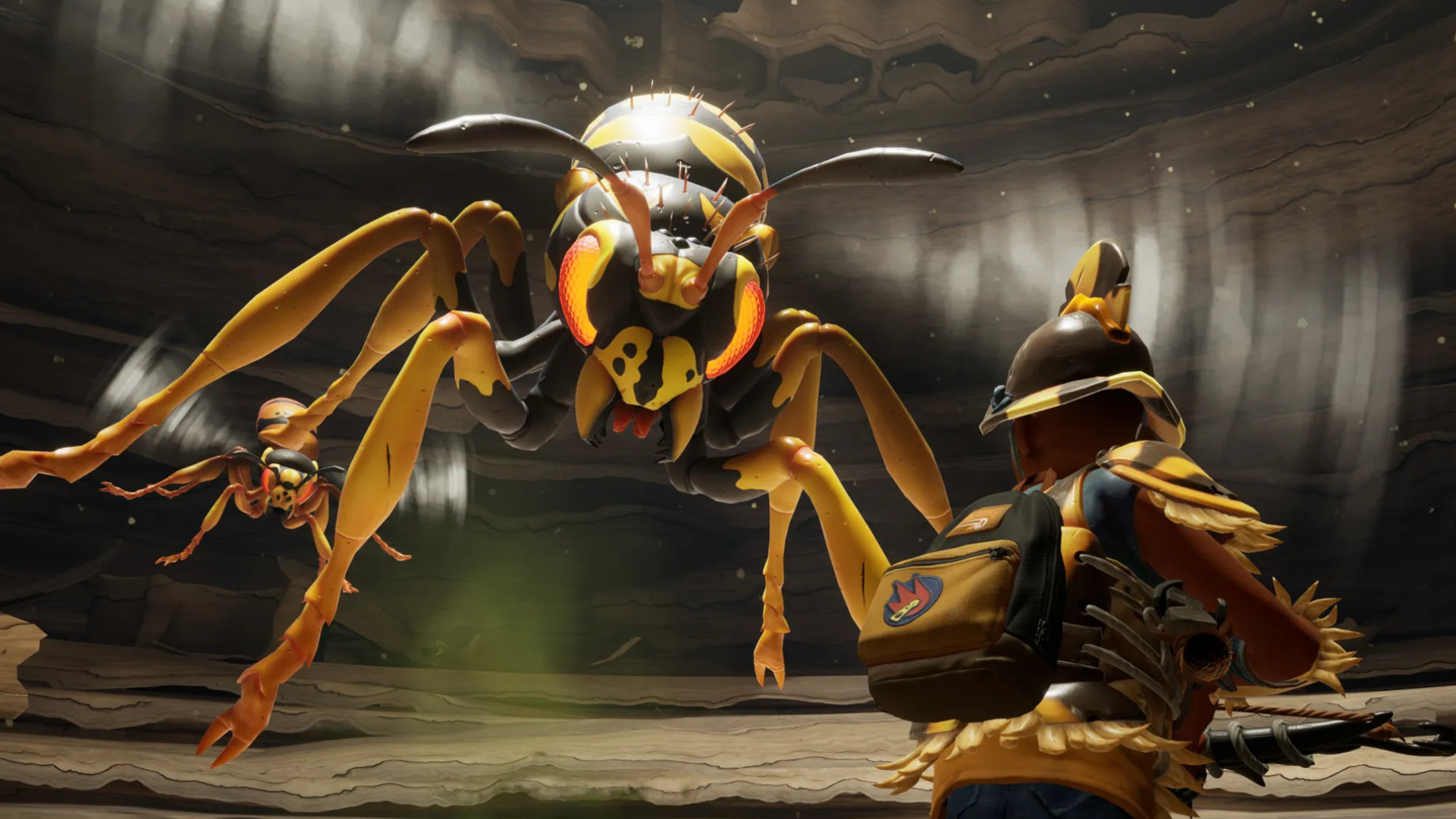
These Grounded tips and tricks will help players get to grips with a big problem - being oh-so-little. The backyard is a perilous place when you're less than an inch high, fighting spiders and building bases while you explore for some sort of solution to growing big again. However, being tiny is a difficult thing to deal with, so our Grounded tips and tricks will help you learn the lay of the land.
Basic tips for Grounded and everything you need to know
We've curated 10 Grounded tips to help you adjust to your first harrowing nights in the yard, and not only survive - but thrive.
- Combat thirst and hunger with Aphids, Dew and Juice Pop
- Use the Resource Analyzers to get new recipes
- Find a good, safe spot for your early base
- Craft a bow and some basic arrows
- Do not attack or approach Spiders
- Watch moving grass to see where dangerous enemies are
- Learn to parkour between grass blades and twigs
- Take time to stop and build yourself up between story objectives
- Avoid enemies where possible
- Craft Acorn armor and use it sparingly
Keep in mind that these are tips specifically for the early game, for players starting for the first time or getting back into Grounded after a long hiatus, especially if you're coming in for the Grounded 1.0 full release. Beyond these more specific rules, just play cautiously - avoid bigger bugs, work on building yourself and your resources up, and explore out into the wider world when you start hitting the limits of what's achievable. Either way, you can click on any of the links above to leap to those points directly or just scroll down.
1. Dew, aphids and juice boxes will help you survive early on
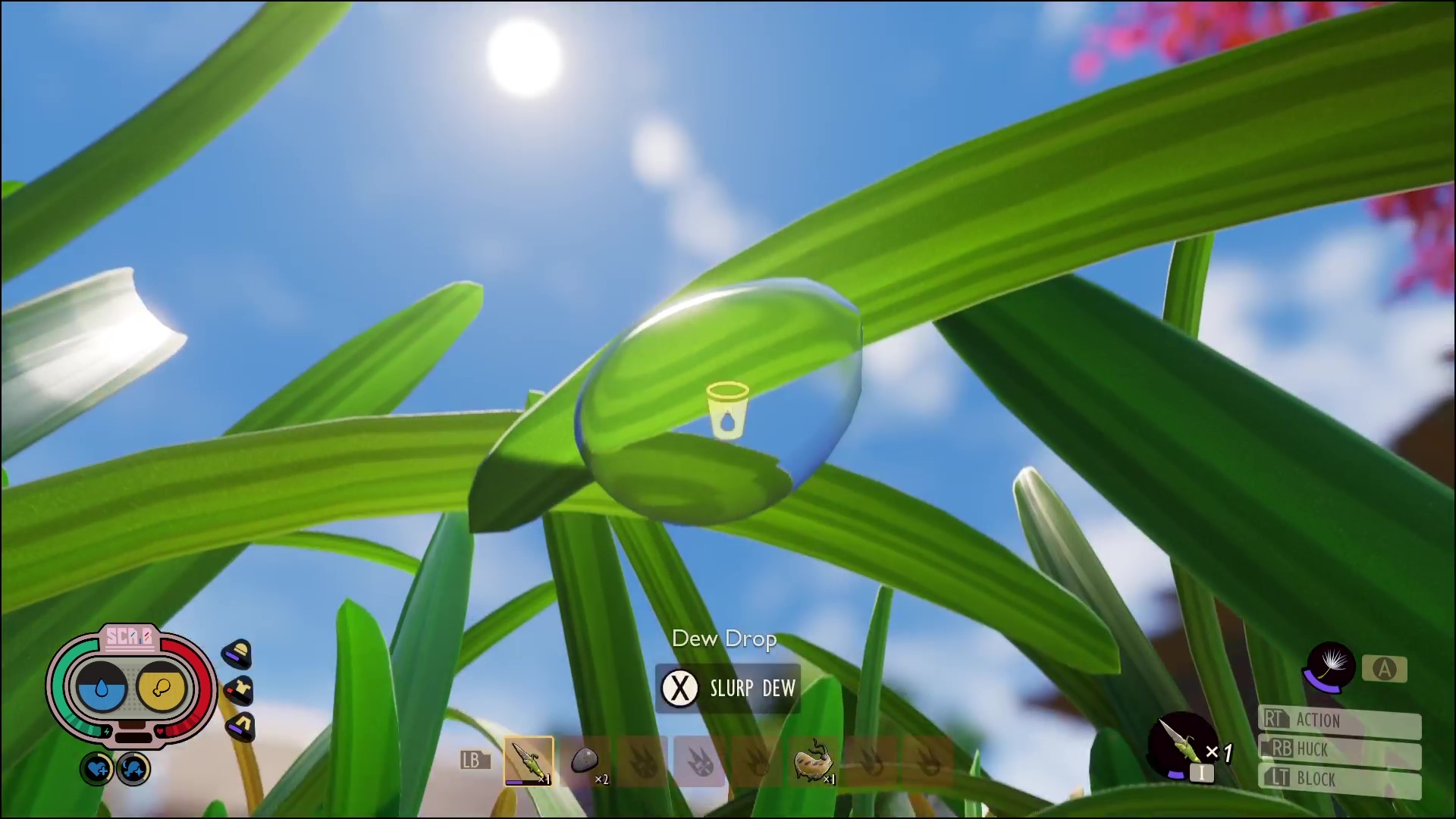
Early on in Grounded your first priority will be day-to-day survival, setting up a bedrock of resources before you start on longer adventures. Thirst and hunger are the biggest factors, and while there are many ways to deal with them, the best are Dew Drops (clean beads of water that hang on the underside of many grass stems), Aphids (harmless, common bugs that can be killed easily and cooked on a Roasting Spit) and Juice Boxes (which periodically create droplets of yellow juice that can be drunk to solve both thirst AND hunger). Make use of all of these, and you'll rarely struggle for nourishment.
2. Analyze absolutely everything you find
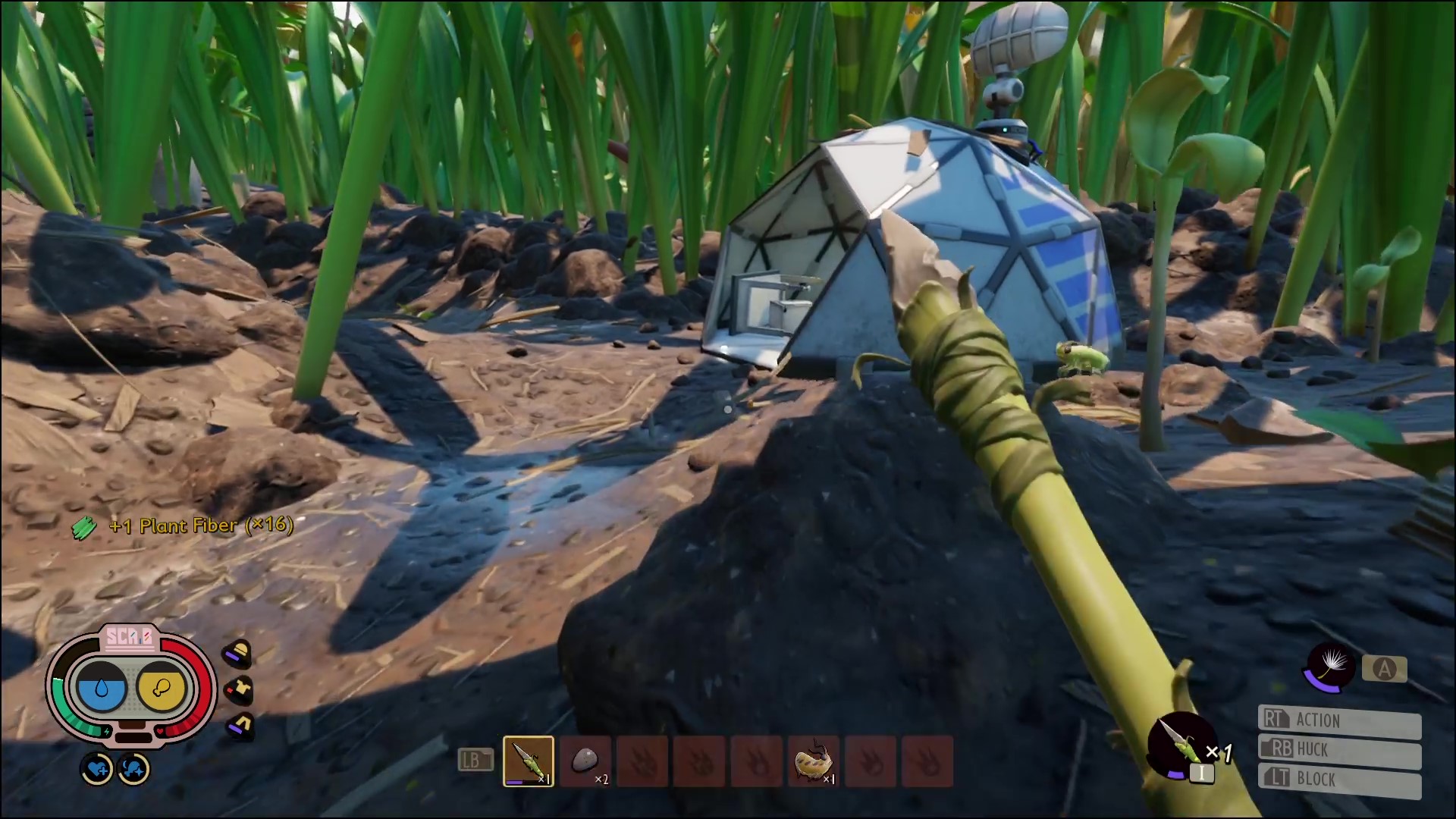
The Field Stations (white, hexagonal tent-like structures that form a single room with a few computers in) are spread all over the map, and the UI will actually start beeping with a little proximity sensor when you get close to one. Each station has a Resource Analyzer, a useful device which unlocks new recipes when you put an item into it for the first time. Analyzing an item also gives you "Brainpower" (effectively experience points), and levelling up your Brainpower will unlock even more recipes, usually the most important ones in the game.
Resource Analyzers have limited power, and they can't ever analyze more than three things in one go even when on a full battery, but that's not much of a problem as they recharge over time just by existing, restoring a single use per in-game hour (so a couple of minutes or so for the player). Put your base near one and you'll be able to get data on everything you own before long.
3. Build a base somewhere safe early on, but don't commit to it
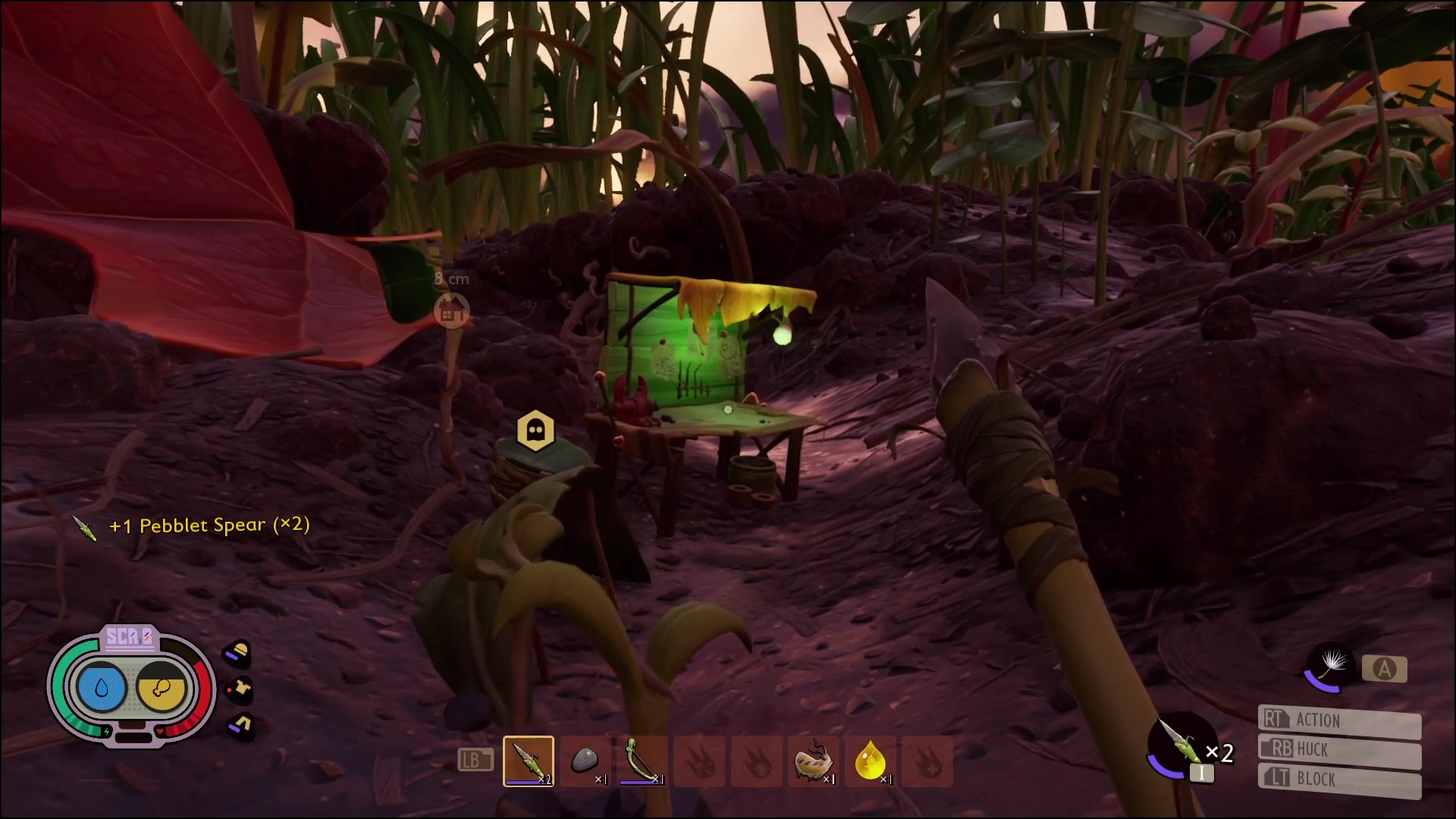
You don't need a proper base, fortified and barricaded, unless you're specifically placing it in dangerous terrain. But you will have a Lean-To that acts as a respawn point, as well as a growing number of machines and storage containers that make more of an impromptu base. We recommend settling down first next to the Mysterious Machine, as it's surrounded by basic resources, the aforementioned Field Station, there's (almost) never major enemies, and it's in the middle of the map.
Later on, as you become smarter and learn the map in greater detail, feel free to set up somewhere new, or even have multiple bases throughout the map that act as outposts - though this time make sure to build them fortified, so belligerent beetles don't go breaking and entering.
4. Craft a bow at the earliest opportunity
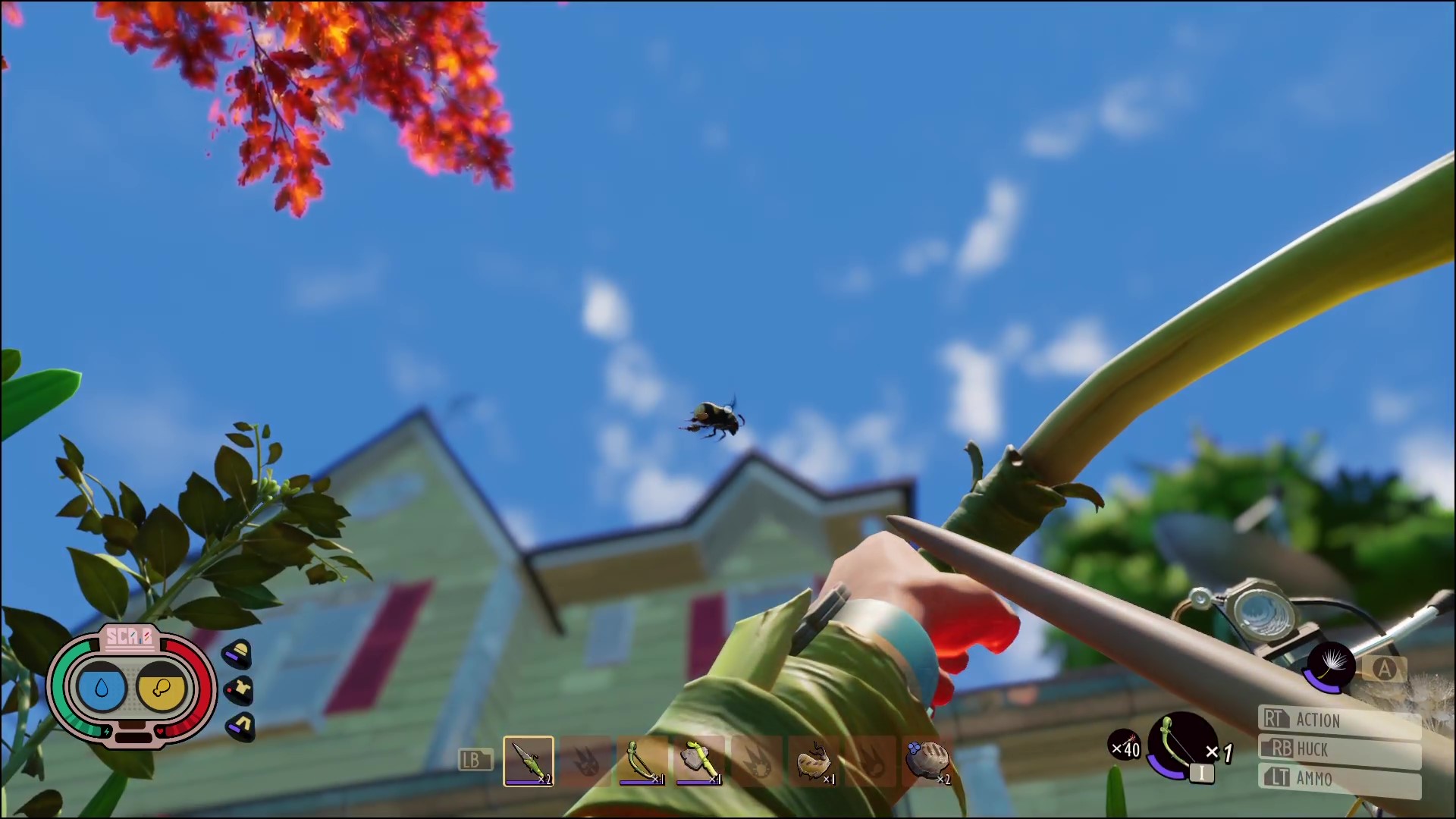
Most of the enemies in Grounded are melee fighters, and even those that have ranged attacks are still stronger stabbing you close-up. For that reason, make a bow - you don't want to be playing their game if you can avoid it. The Sprig Bow can be created by analyzing crude rope, then go to a thistle and strip the needles off the stem. Analyze those, and you can combine them with Mite Fuzz at a Workbench to make basic arrows.
5. Avoid spiders at all costs
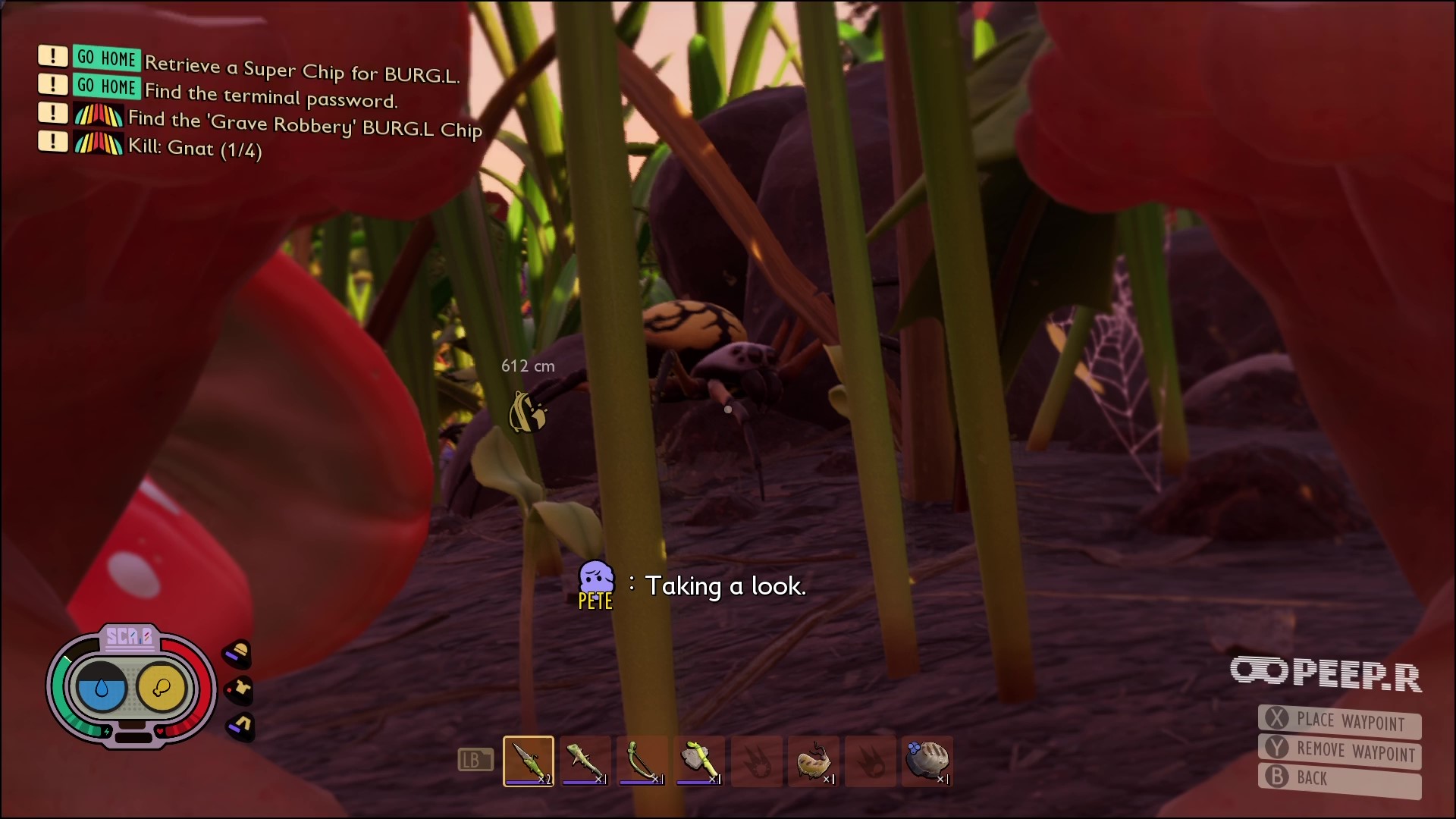
Spiders in Grounded are the worst of the worst; monstrous, panting horrors so evil that the game actually features a sliding scale to remove their features and reduce them to simple blobs of geometry. However, either way they're utterly lethal, capable of killing an unarmoured player in just a couple of hits, and their huge amount of health and rapid speed means stealthing around them at a FAR distance. You'll know when one has seen you because its eyes turn red (the sign of any creature in Grounded being aggro'd), and you'll often know when they're around because of the webbing strung across the environment.
There are also several variations - the poisonous Wolf Spider, which prowls and hunts the player before going in for a sudden dash, the Orb Weaver spider, which spits webbing to ensnare its victims, and the Diving Bell Spider, which swims in the Koi Pond. Any of them can be killed - but it's not easily done, and borderline impossible for early players.
6. Look for shifting grass ahead
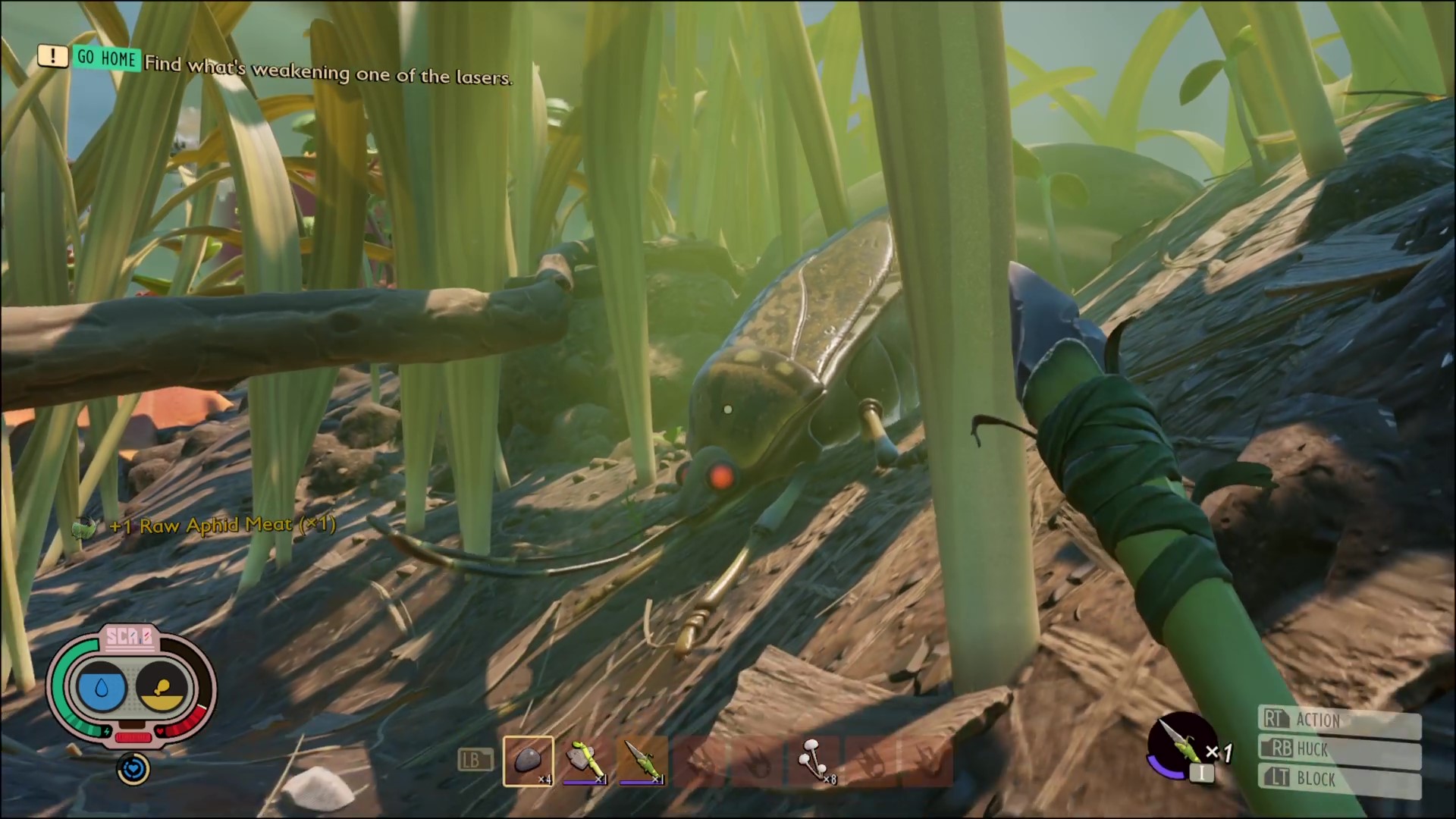
Speaking of Spiders, when in grassy areas, look ahead to see if the grass is ever moving and rustling in certain spots. This indicates a very large creature moving in that area - it could be a spider, or any of the bigger beasts of Grounded. Admittedly, not all large creatures are a threat - Ladybugs are passive unless you attack them - but most big bugs will try and eat you if given a chance, from spiders to Stink Bugs to Bombardiers. Use the telltale shifting of grass to avoid these perils.
7. Learn the art of parkour for safety, stealth and progress
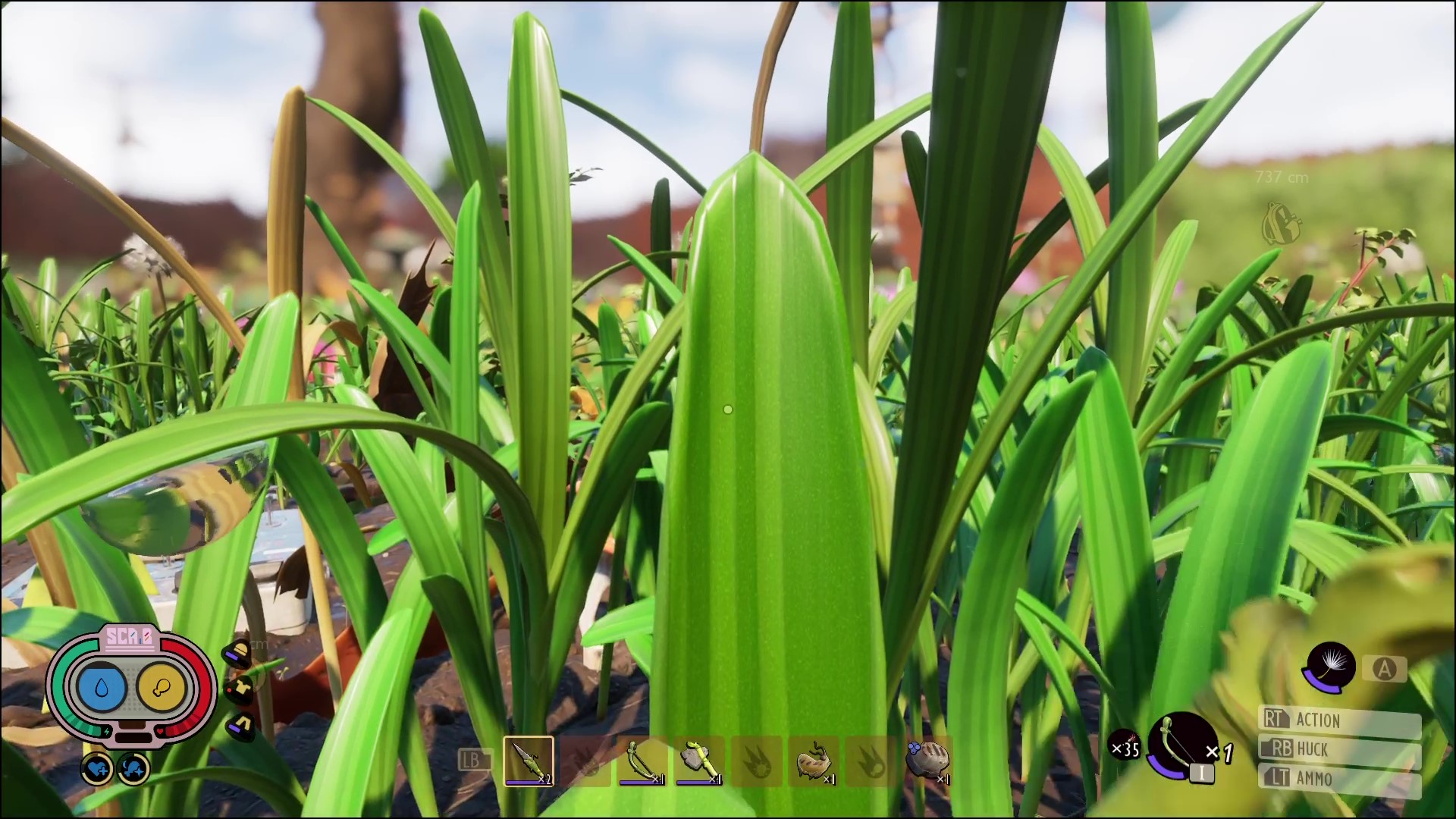
Grass can act as an alarm system for bigger beasts, but it can also serve as a means to get around safely - if you find a way to reach the top of a blade of grass, you can jump between grass-tops and keep most of the threats beneath you. It's not easy and it's slower than just charging around, but it's also safer and can keep you out of their sightline (plus if you've got a bow, it doesn't hurt to have the high ground).
It's also worth learning this skill as some areas, such as the Hedge, are basically extended platforming challenges, so mastering your agility will help you make it through them safely.
8. Take your time between story objectives
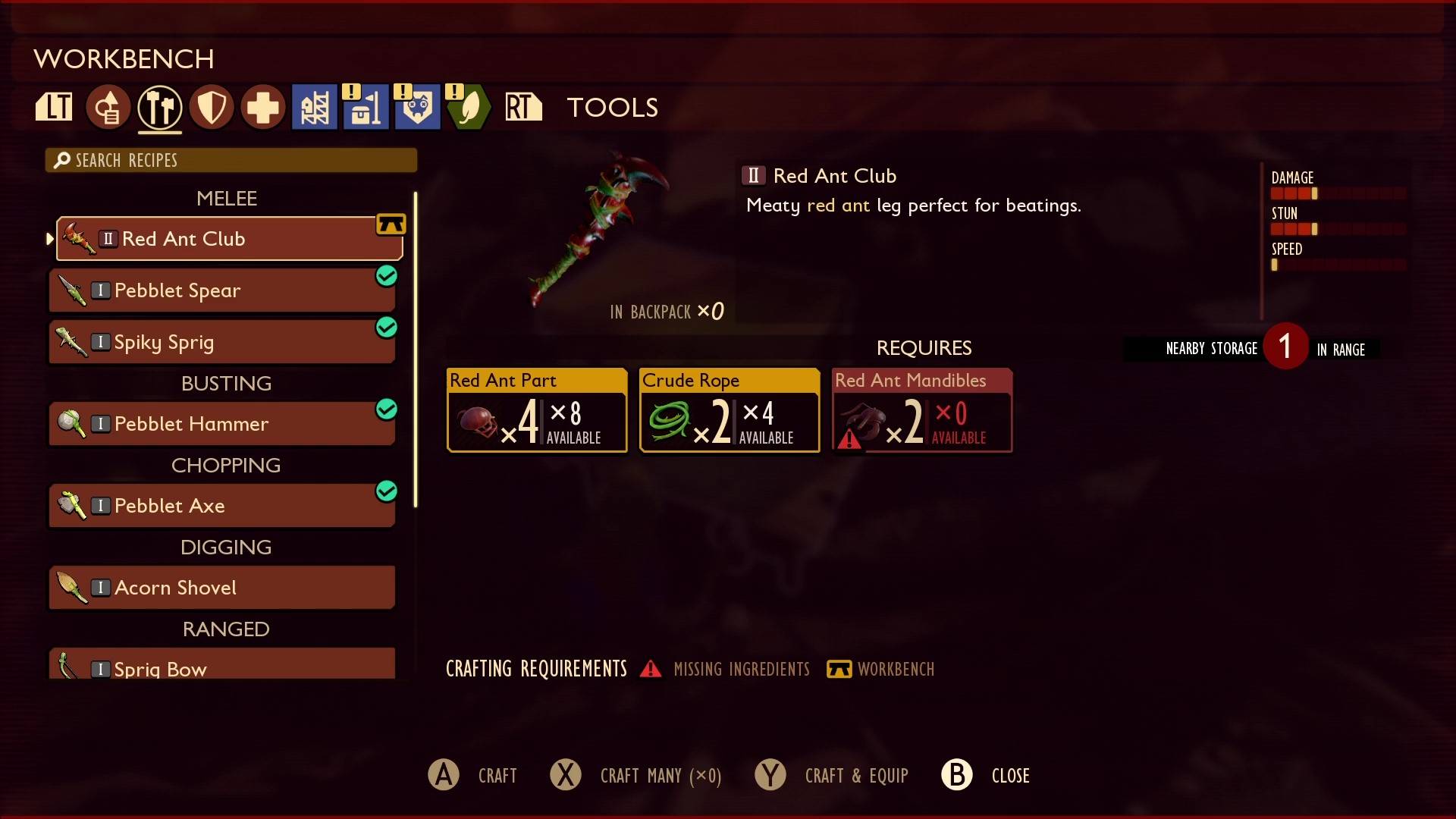
Grounded's story campaign is told in stages and ongoing objectives, moving from the Mysterious Machine to the Oak Lab to the Hedge and beyond. However, while it's not too difficult to navigate the Garden at an early level (assuming you can run and sneak effectively), actually completing these objectives tends to be a LOT harder. For example, getting to the Hedge is fairly easy, but getting through its tangle of monsters and labyrinthine branches is a lot harder.
For this reason, take your time between major story beats to analyze, craft, build and forage. If you've only got basic Tier-1 gear and you've been to the Oak Lab, now might be the time to head back to base and start working on yourself. Explore a little, earn some new weapons, and make sure you have the best chance of success before venturing out again.
9. Run away and hide more than you fight
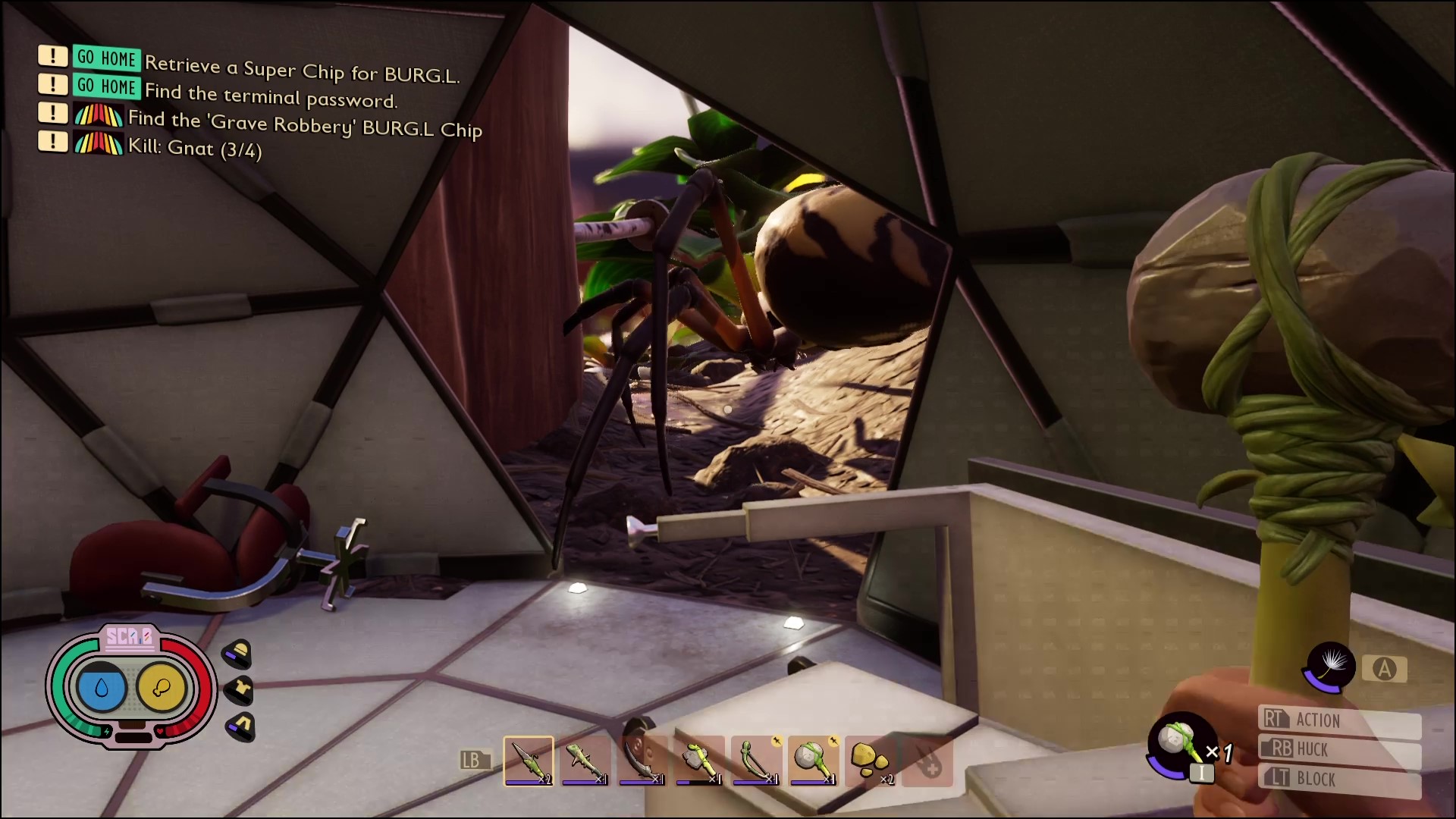
This applies less to late-game players, but if we haven't made it clear yet, we'll reiterate - you should be avoiding fights more than anything else. Go after enemies when you need a specific material that you know they drop, but otherwise it's better to keep your distance and let bygones be bygones - fight everything and you'll end up with worn gear and low supplies for the important conflicts. Or you'll just get jumped on by a wolf spider and die - neither is great.
10. Build the Acorn armor - and save it for special occasions
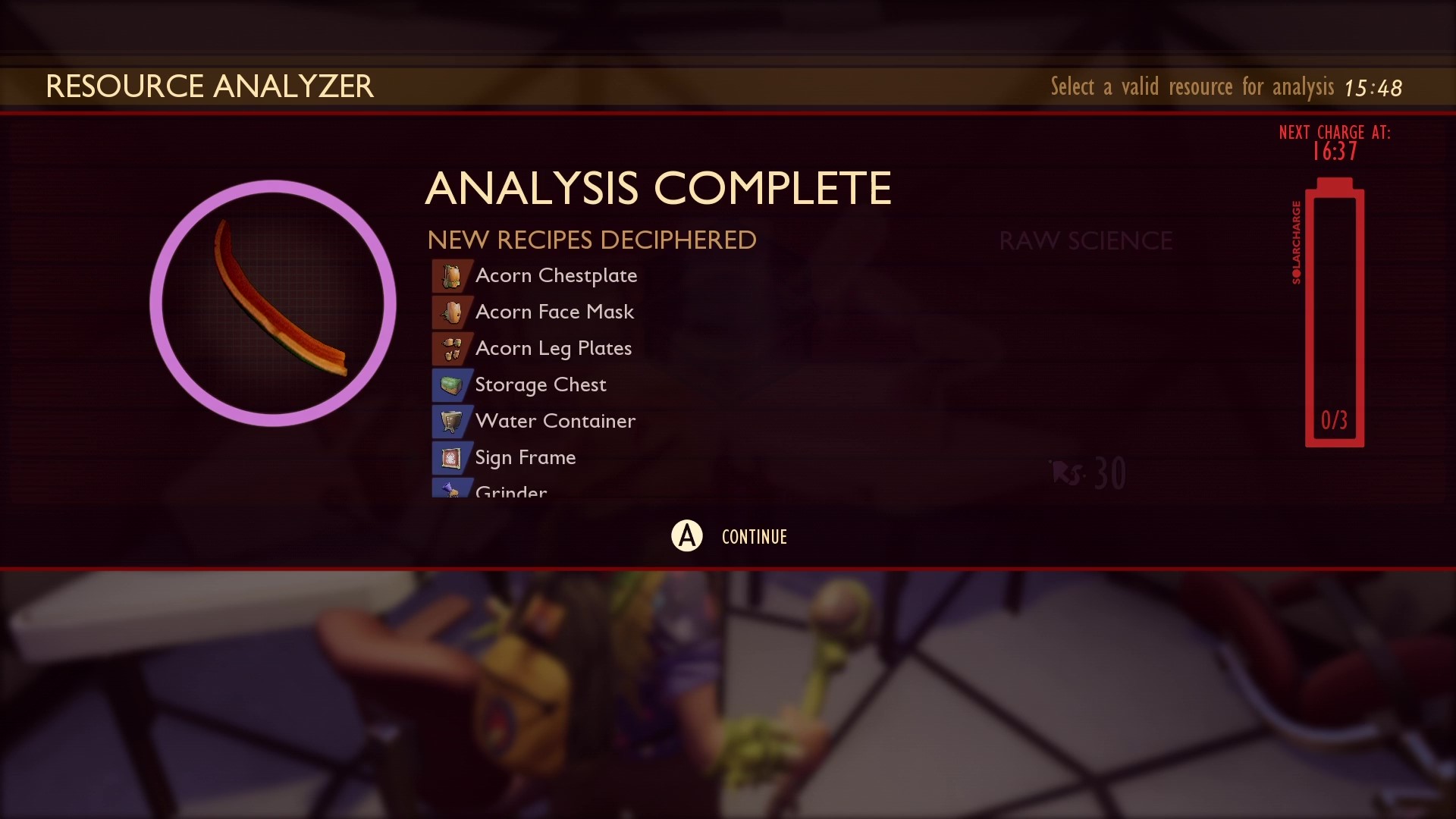
The Acorn armor set is the best early game armor, but it comes with a downside - it makes it more likely you'll be noticed and attacked by enemies. You can find the recipe for this armor by using a hammer to crack the acorns on the South side of the Oak Tree and analyzing the Acorn Bits left over, and it's worth having this armor stat for its high defensive stats. However, don't wear it all the time - keep it in your inventory, then quickly break it out when you know you're about to fight an opponent, such as a mandatory boss fight or when you're exploring tunnels you know have enemies inside. That way it mitigates the loss of stealth, while also keeping you from getting bitten too hard.
© GamesRadar+. Not to be reproduced without permission
Sign up to the GamesRadar+ Newsletter
Weekly digests, tales from the communities you love, and more

Joel Franey is a writer, journalist, podcaster and raconteur with a Masters from Sussex University, none of which has actually equipped him for anything in real life. As a result he chooses to spend most of his time playing video games, reading old books and ingesting chemically-risky levels of caffeine. He is a firm believer that the vast majority of games would be improved by adding a grappling hook, and if they already have one, they should probably add another just to be safe. You can find old work of his at USgamer, Gfinity, Eurogamer and more besides.


